Listed below are some considerations that we recommend you factor into your EWB Challenge design idea to ensure it is appropriate to the context. You might ask yourself these questions a few times throughout the design process – it’s okay if you don’t have all the answers in week one!
You are encouraged to include a response to each of the below considerations in the design proposal submitted for the EWB Challenge.
Check out our FAQ guide if you have questions that you can’t find the answers to – Some Big Tricky Questions: Explained.
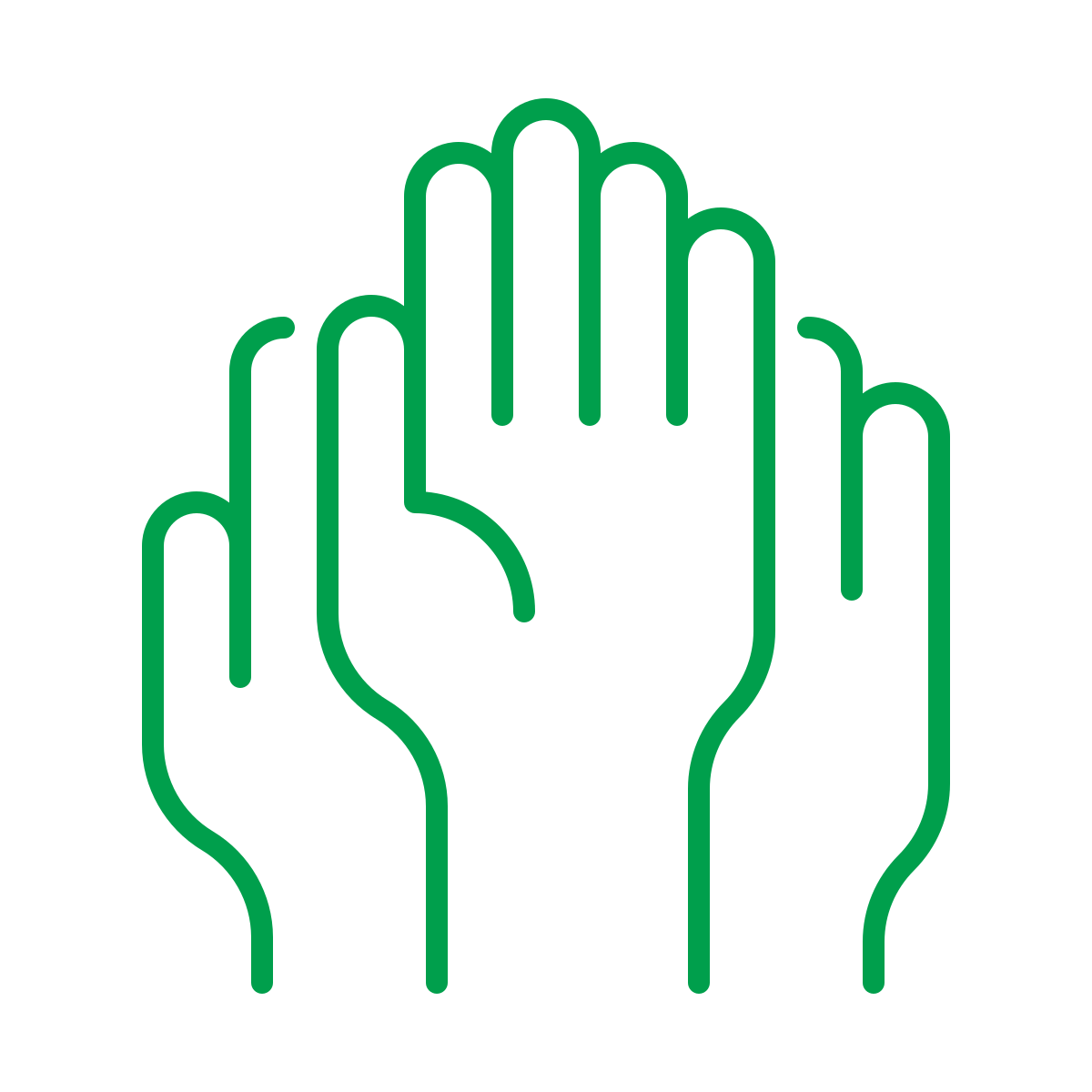
Prioritise the cultural appropriateness of your design solutions. Shift the focus from “problems” to opportunities grounded in community-driven needs. Empower communities through designs that balance equity, affordability, and accessibility. Embrace creative thinking to amplify these opportunities for lasting impact. Recognise that what suits western European economies may not fit the Timorese context.
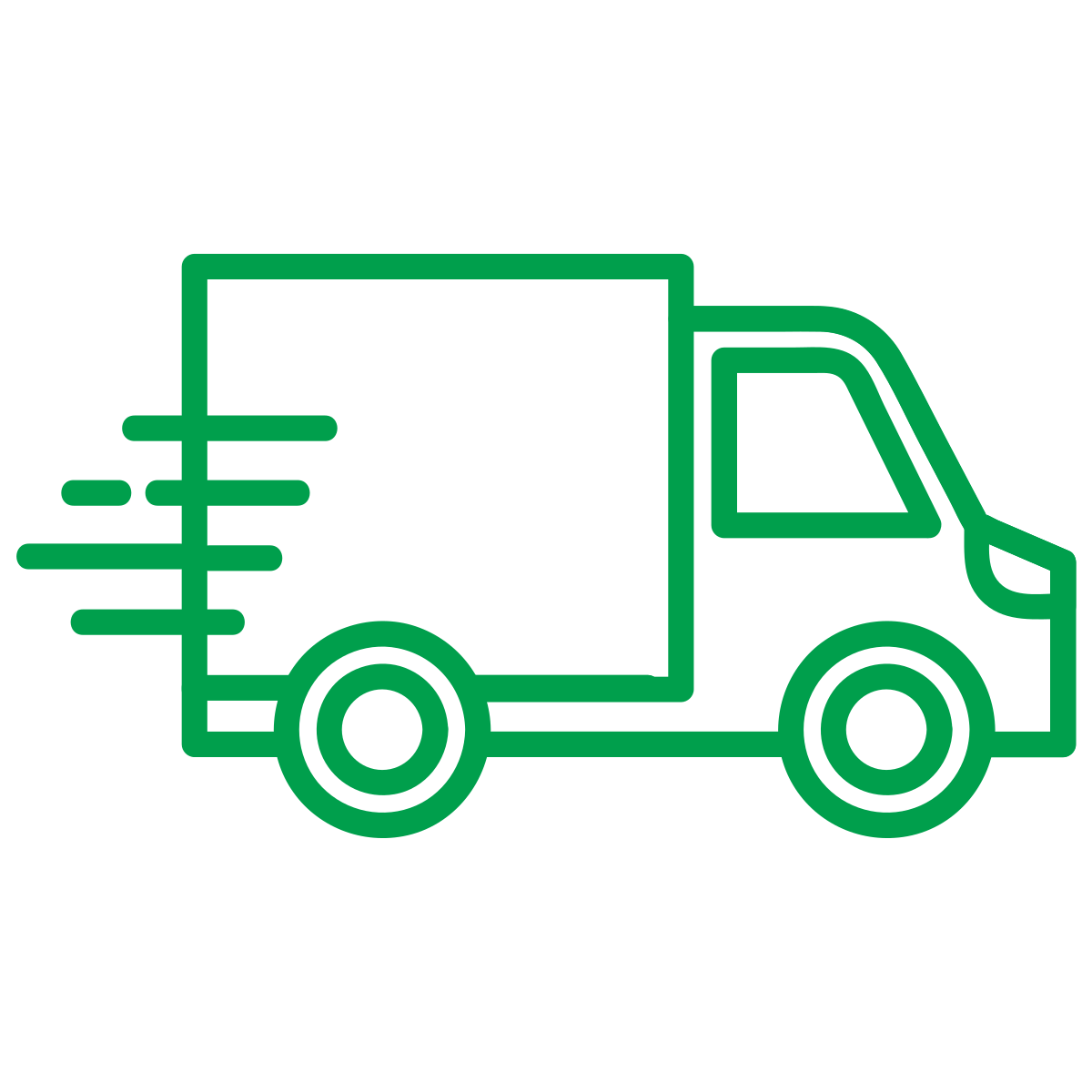
Have you considered the use of locally available materials that are culturally acceptable and environmentally friendly wherever possible? Transportation of project materials and availability of materials which might be required for future maintenance are a significant consideration for projects in remote locations. Where might your proposed materials be sourced from?
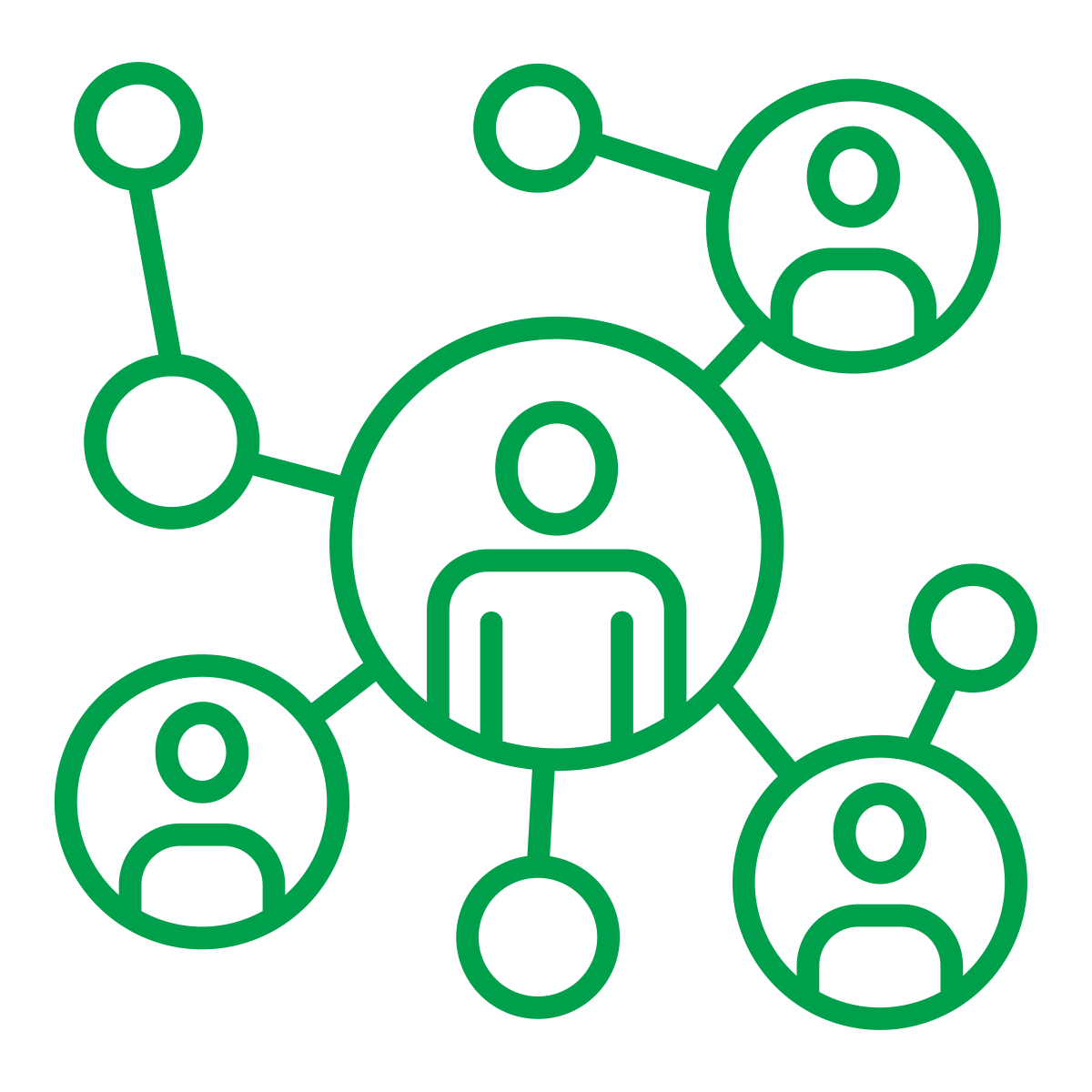
Who are your key stakeholders? How would you propose EWB engage and consult with the community throughout the project? Think about the initial design right through to implementation. What avenues are there for community members to become involved? What form(s) of community engagement might be required for your particular design response? Consider decision-making processes, who would be involved and how this impact your design.

What is the estimated financial cost of the project? Think about the ‘Capital Expenditure’ (initial cost to start) and ‘Operational Expenditure’ (ongoing costs over time), which might include material costs, implementation, operation/program delivery costs, and maintenance costs. Take into consideration local currency and costs. Also, consider if there are any potential economic, environmental or social benefits and non-financial costs to the community which could result from the project.

Often, one component of community infrastructure or services will depend on others in order to function effectively. Some solutions cannot be addressed in isolation. A design to address one challenge that does not consider how it is linked to other parts of an interconnected system can risk simply shifting the burden to another place, community, or time. Is the technical design the most appropriate and effective for this context? Take the time to show what alternatives were considered and why you are proposing your design as the most appropriate. Previous EWB Challenges show that often the most successful designs are often ones that are simple and can be implemented / prototyped (tested) rapidly.

Is your proposed engagement approach, final product, and user experience inclusive of and accessible to all people? It’s helpful to challenge yourself to think beyond a ‘typical’ user and consider a variety of diverse individuals who will have differing abilities and needs. Designing for inclusivity not only opens tools, products, and services to more people, it also authentically reflects who people are and addresses collective need.
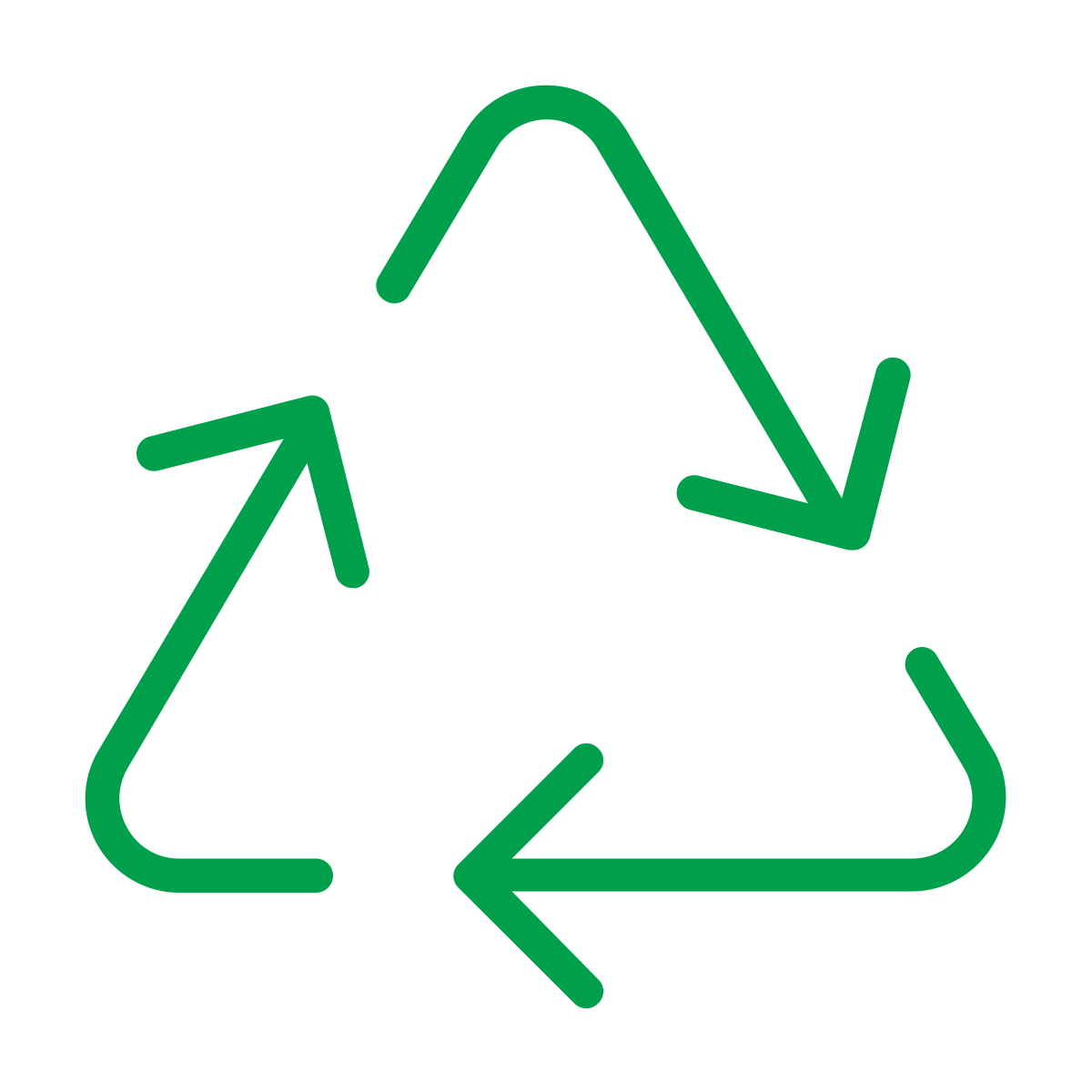
Students should explore the concept of designing for durability and longevity. Could you consider adaptive reuse at the end of the design life? What circular economy principles could be considered?
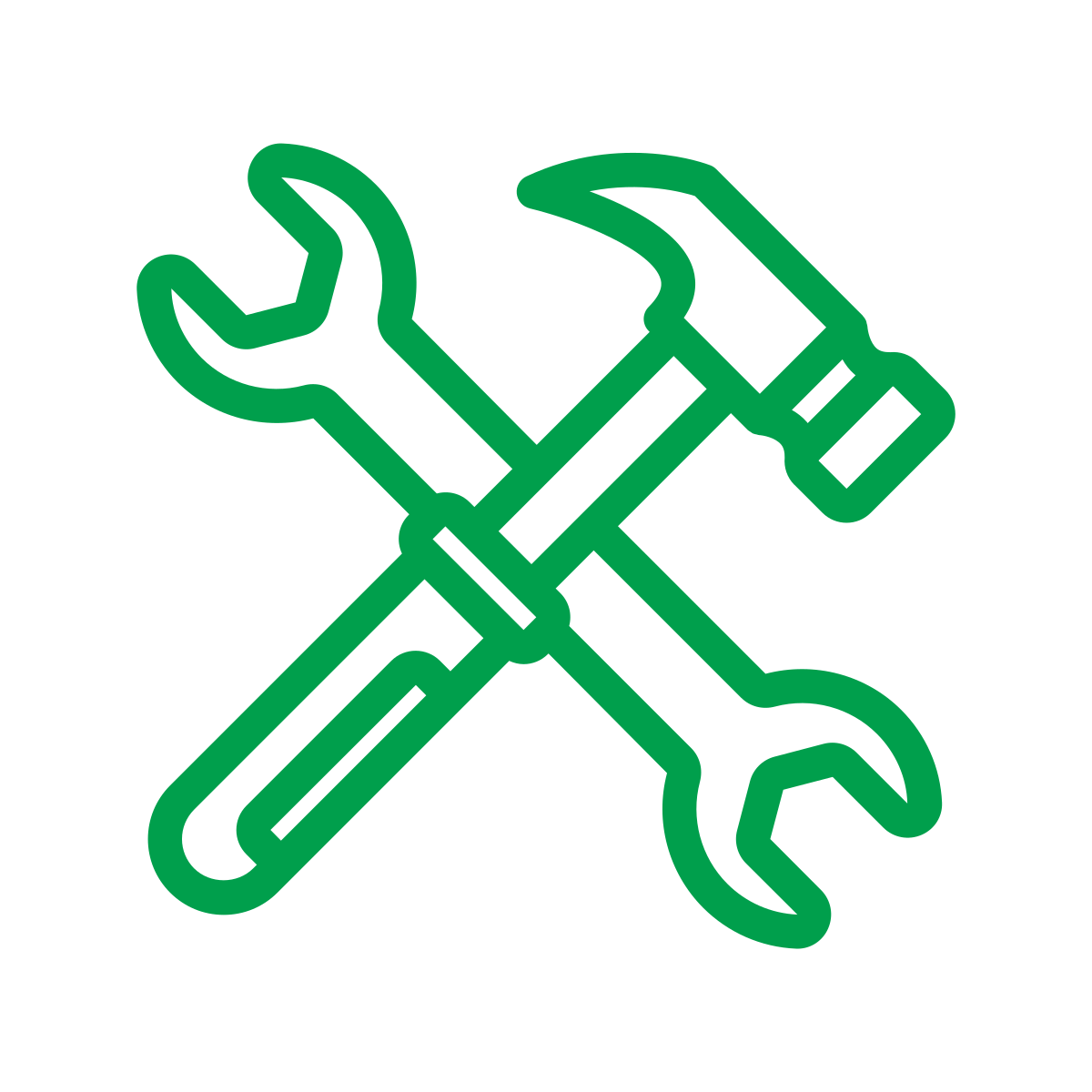
Who might construct and/or implement the project? Will construction involve complex machinery or specialist plant? Is the design response one that considers local capacity for ongoing management, repair, and maintenance? As much as possible, does your design or system proposal align with locally available expertise?
You’ll also find ‘context-specific’ design considerations that provide more detail on what a particular community partner and community representatives consider most important when designing and delivering projects with them. You’ll be able to find these on the pages within your particular Challenge section of the website.
Each program within the EWB Challenge Series has a rubric to assist Industry Reviewers to assess your work consistently.